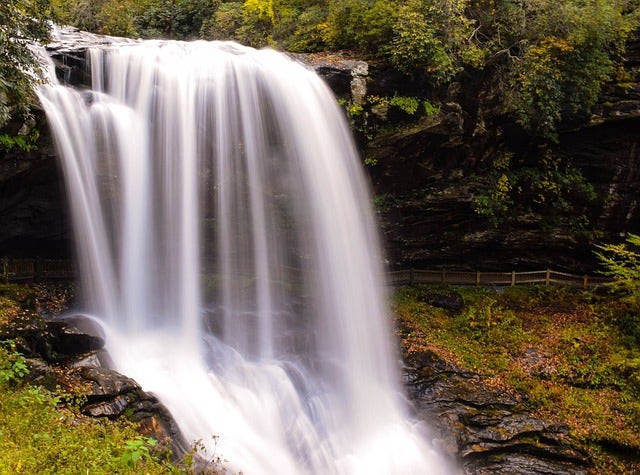
F-stops, like many camera settings, can seem like a daunting subject to try to understand. But learning the ins and outs of F-stops and aperture will have such a major effect on your photography it’s well worth your attention.
Your camera can usually automatically choose appropriate settings, including the F-stop. But it can’t make artistic decisions about depth of field or composition.
If you want your photos to stand out you have to take charge of the camera settings – and that begins with your camera aperture.
Why Does Your F-Stop Matter?
All photography relies on light. Without it, you won’t be able to capture a thing. The light determines what highlights your camera can capture and what will show up in a photograph. And your F-stop setting decides how much light your camera receives (but more on that below).
Lighting changes all the time, whether your sunny day has turned cloudy, the sun is setting, or you have switched a lamp on. It can be important to adjust your settings to suit your situation.

It doesn’t matter what type of photography you like most, you’ll probably need to have some minimal knowledge of F-stops. Artistic and professional portrait photos, impressive light trail photography, and beautiful landscape photography are all impacted by your aperture setting.
Aperture and F-stops
As light dims, the human eye will attempt to bring in more light so we can see better. It does this by dilating the pupil. In bright light, the pupil contracts to decrease the amount of light that gets in.
Your camera lens is like the eye of your camera. The aperture is the pupil. Aperture controls the intensity of the light as it hits your camera’s sensor.
Too much light and your photograph will be over-exposed. Too little and it will be under-exposed.
The F-stop is a unit of measurement for the aperture. The lower your F-stop number, the wider the aperture, and the more light that is allowed through the lens.
Shutter Speed and Aperture
Aperture and shutter speed work together. In different ways, both control how much light enters the lens. So when you adjust your aperture, you will likely also need to adjust your shutter speed.
For example, a low F-stop number means a wider aperture and more light. To reduce the amount of light entering the lens and capture an evenly exposed image, you’ll need to shoot faster by increasing your shutter speed.
If you use a lower F-stop setting with a shutter speed that is too slow, the sensor will be exposed to too much light, creating a white, over-exposed image.
On the other hand, if the shutter speed is set too high and therefore too fast, your camera’s sensor won’t be exposed to enough light. Your image will be underexposed, resulting in too many shadows.

As you can see, each time you change the F-stop, you may also need to adjust the shutter speed to be either faster or slower. But if that’s too much to take in, you can always use the aperture setting on your camera, which will allow you to adjust your aperture while the camera automatically changes the shutter speed to suit.
Depth of Field
Aperture also affects the depth of field in your image. Think of those beautifully detailed portrait photographs that show the detail of the person’s face while blurring the background. That requires a narrow depth of field, which you get with a lower F-stop setting.
But if you’re photographing a large landscape, a higher F-stop with a slower shutter speed will capture all the detail of that landscape. Make sure you use a tripod since a slower shutter speed can increase blur in a photo!

If you’re looking for more expert photography advice, check out the Camera House blog or for a huge range of camera equipment and accessories visit us in store and or online.
